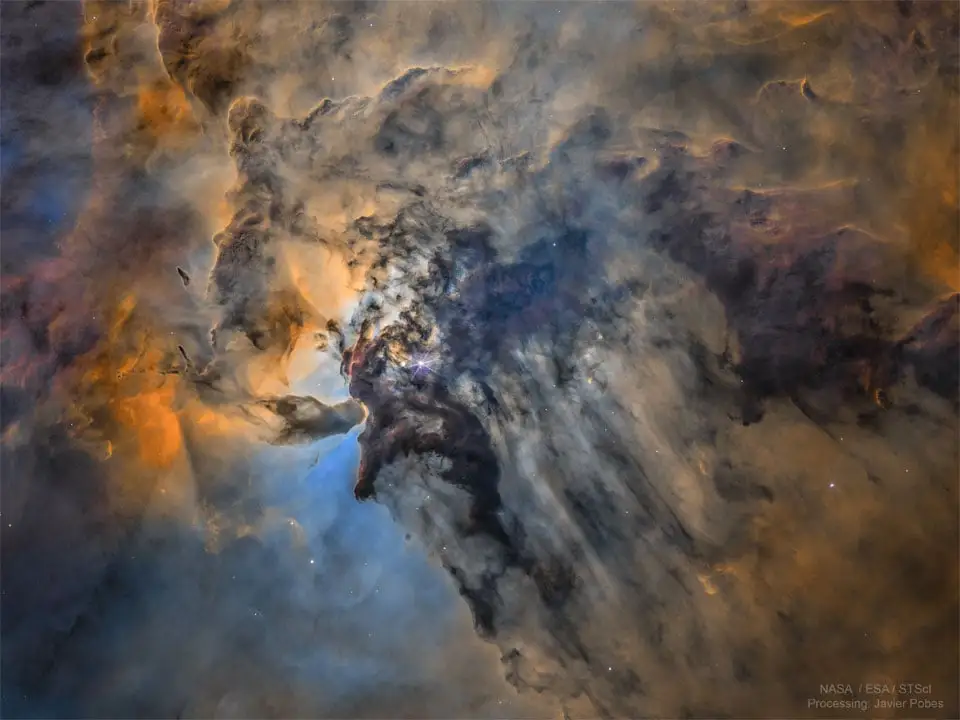this post was submitted on 02 Aug 2023
62 points (98.4% liked)
Space
8736 readers
184 users here now
Share & discuss informative content on: Astrophysics, Cosmology, Space Exploration, Planetary Science and Astrobiology.
Rules
- Be respectful and inclusive.
- No harassment, hate speech, or trolling.
- Engage in constructive discussions.
- Share relevant content.
- Follow guidelines and moderators' instructions.
- Use appropriate language and tone.
- Report violations.
- Foster a continuous learning environment.
Picture of the Day
 The Busy Center of the Lagoon Nebula
The Busy Center of the Lagoon Nebula
Related Communities
🔭 Science
- !astronomy@mander.xyz
- !curiosityrover@lemmy.world
- !earthscience@mander.xyz
- !esa@feddit.nl
- !nasa@lemmy.world
- !perseverancerover@lemmy.world
- !physics@mander.xyz
- !space@beehaw.org
- !space@lemmy.world
🚀 Engineering
🌌 Art and Photography
Other Cool Links
founded 1 year ago
MODERATORS
you are viewing a single comment's thread
view the rest of the comments
view the rest of the comments
This is the best summary I could come up with:
By using different types of electron microscopy along with energy-dispersive X-ray spectroscopy and nanoscale secondary ion mass spectrometry, the researchers determined what they were made of.
This told the team that the presolar grains had formed around asymptotic giant branch (AGB) stars (which our Sun will become someday), although one of them showed signs of possible supernova origin.
Because Ryugu’s parent body probably formed at the edge of the Solar System and was pushed inward later by gravitational interactions, the researchers think it may have once contained more presolar grains that water ended up obliterating.
Though presolar silicates won’t make it, silicon carbide and graphite grains that predate the Sun will, and these were also found on Ryugu.
Strangely enough, Ryugu had some chemical similarities to the comet Wild 2, which was sampled by NASA’s Stardust mission, though it wasn’t an exact match.
I'm a bot and I'm open source!